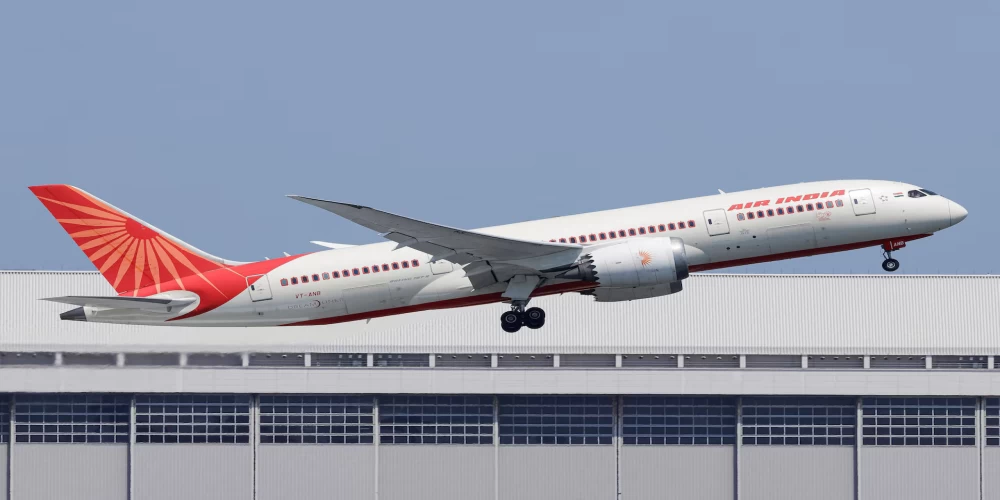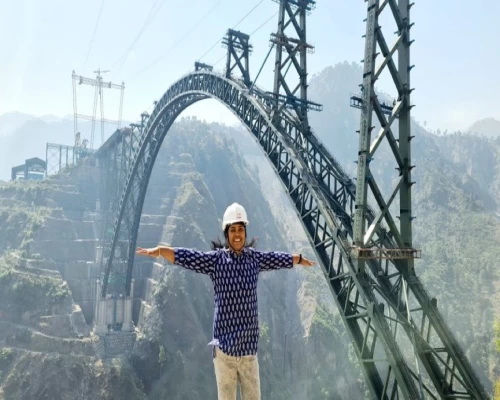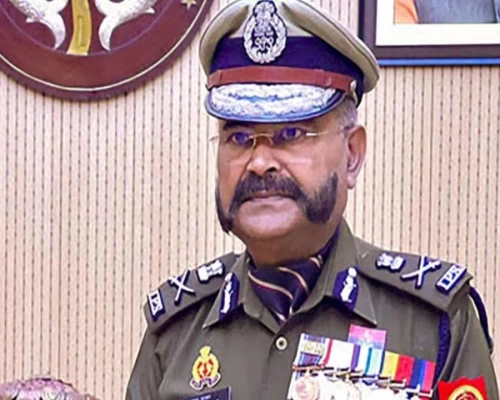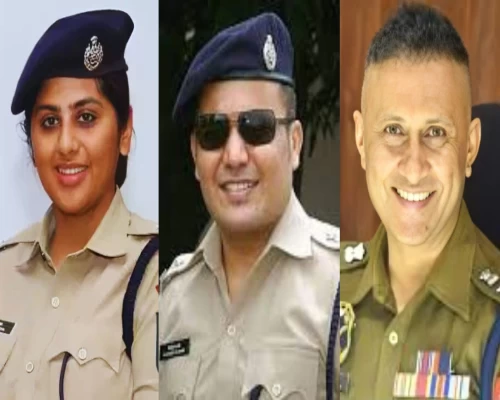
New Delhi: The devastating crash of Air India Flight AI171, a Boeing 787-8 Dreamliner, has shocked India, killing 241 people on board and at least 29 on the ground. The plane, flying from Ahmedabad’s Sardar Vallabhbhai Patel International Airport to London’s Gatwick Airport, hit a medical college hostel soon after takeoff, becoming one of India’s worst aviation disasters. Vishwash Kumar Ramesh, a British man seated in emergency exit row 11A, was the only survivor, escaping the flames that engulfed the wreckage. A 59-second CCTV video showing the plane’s quick fall, along with the recovered black box, is key to the investigation led by India’s Aircraft Accident Investigation Bureau, with help from the U.S. National Transportation Safety Board. Data from Flightradar24 shows the plane climbed to 600 feet, sent a Mayday call, and lost signal in under a minute, leading experts to check the engine, wing flaps, and landing gear. A former U.S. Navy pilot pointed to video evidence suggesting both engines may have failed.
India’s aviation authority, the Directorate General of Civil Aviation, has ordered immediate safety checks on all Boeing 787s used by Indian airlines, including Air India’s 58 Boeing planes. There’s talk of grounding the 787-8 and 787-9 models with GE Aerospace GEnx engines until more is known. The crashed plane, registered VT-ANB, was 11 years old with over 41,000 flight hours and 8,000 flights, including 25 Ahmedabad-London trips in the last two years, normal numbers now under close review. The 787 Dreamliner, in service since 2011 with over 1,200 planes worldwide, had never had a fatal crash before, making this tragedy a stunning first that raises questions about Boeing’s building and inspection processes.
Boeing’s safety problems have been known for years, and this crash has made them impossible to ignore. In June 2024, then-CEO Dave Calhoun was questioned by a U.S. Senate committee about claims that Boeing faked 787 inspection records, especially checks on wing-fuselage connections at its South Carolina factory. Whistleblower Sam Salehpour said Boeing’s shortcuts put “too much stress” on key parts and claimed he faced threats for speaking out. The Federal Aviation Administration started a probe in May 2024 after Boeing admitted to inspection issues. This came after major problems like the 2018 and 2019 737 MAX crashes, which killed 346 people due to design flaws, and a January 2024 Alaska Airlines 737 MAX incident where a door part blew out mid-flight, showing weak quality checks. In July 2024, the Department of Justice said Boeing broke a 2021 $243 million deal by not improving safety, with more action still possible. Another whistleblower, John Barnett, who raised 787 concerns in 2019, died by apparent suicide in March 2024 during his lawsuit against Boeing.
The Senate hearing, led by Senator Richard Blumenthal, revealed a “scared” workplace at Boeing where whistleblowers faced harsh pushback. Senator Josh Hawley called Calhoun’s $32.8 million pay and continued role a “disgrace,” especially as Calhoun defended his work despite clear problems. Posts on X and a widely shared video of the hearing have sparked public anger, tying these issues to the Ahmedabad crash. Boeing’s new CEO, Kelly Ortberg, skipped the 2025 Paris Air Show to focus on helping the investigation, but Boeing’s stock dropped nearly 5% as investors lost trust. Ortberg’s team is ready to aid Indian investigators, but the crash, coming weeks after a $1 billion 737 MAX payout, has raised doubts about Boeing’s safety commitment. The 787’s detailed flight data recorder, tracking thousands of details, should offer early clues, though finding the full cause may take months.
The loss of life is heartbreaking. The 242 passengers and crew included 169 Indians, 53 Britons, seven Portuguese, and one Canadian. Victims like radiologist Prateek Joshi, whose family’s last selfie on the flight has become a painful memory, highlight the tragedy. On the ground, at least five medical students at BJ Medical College died when the plane hit their dining hall during lunch. Families, like that of 14-year-old Kalpesh Bhai’s brother, grieved outside Ahmedabad hospitals. The crash site, scattered with debris marked VT-ANB, saw rescue work go on for days, with DNA tests needed to identify remains. India’s government set up a committee, meeting on June 16, 2025, to plan aviation safety improvements, separate from the crash probe. Air India offered Rs2.5 million per victim’s family, with the Tata Group adding Rs10 million, and the survivor got similar aid. Prime Minister Narendra Modi visited the site and met injured locals, while a candlelight vigil in New Delhi honored the victims. As families seek answers and investigators work to find the crash’s cause, the aviation world faces the harsh truth of a trusted plane’s failure, built by a company long warned about its safety issues, leaving a nation in grief and a demand for change that grows louder.
BI Bureau






 (14)_500_x_400.webp)
 (4) (1)_500_x_400.webp)
 (2) (1)_500_x_400.webp)



_500_x_400.webp)
